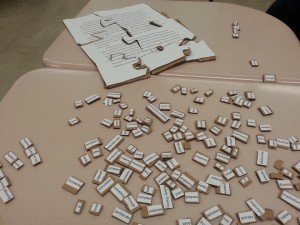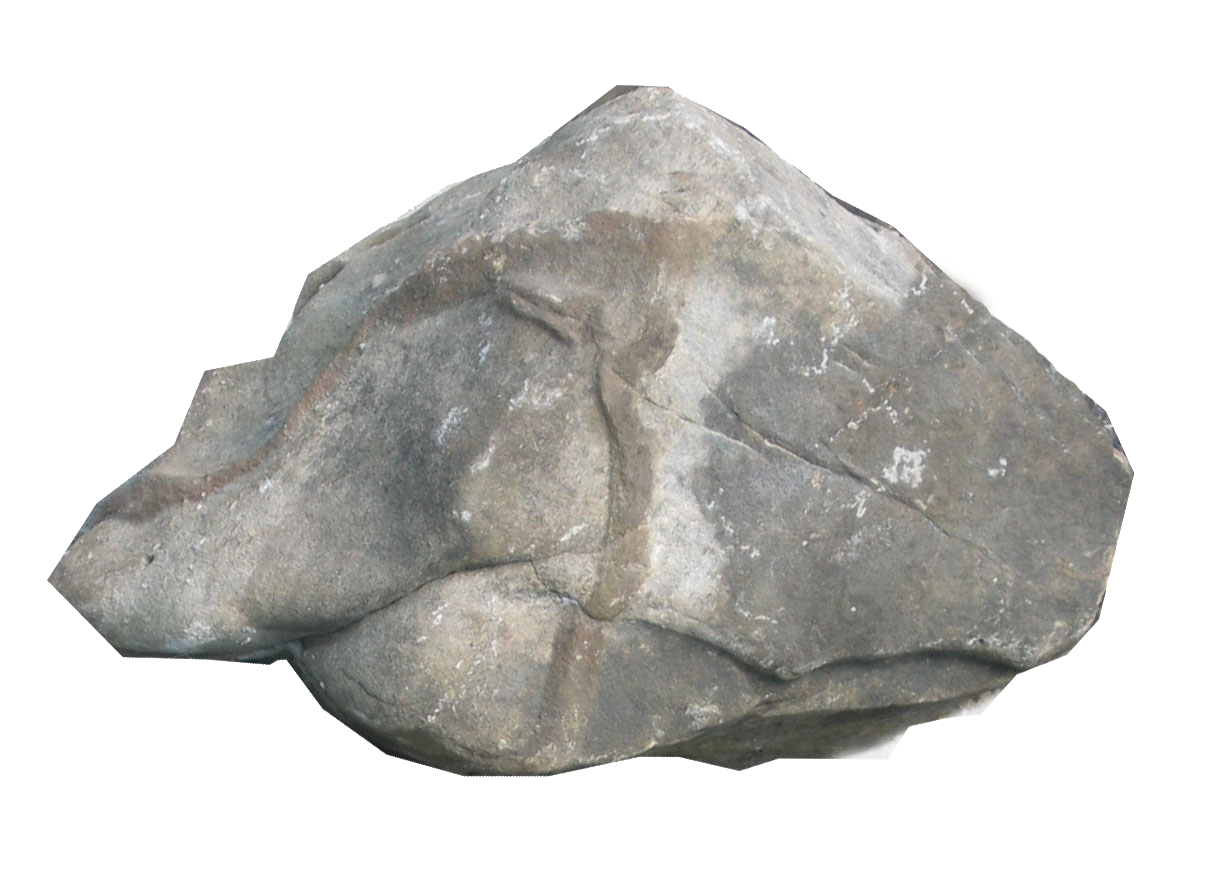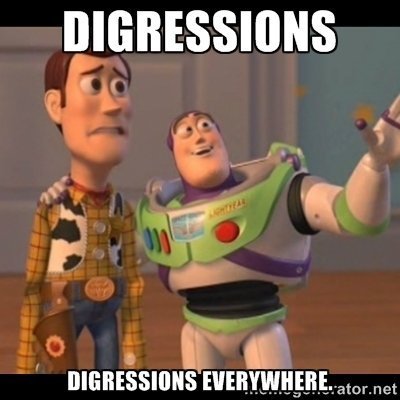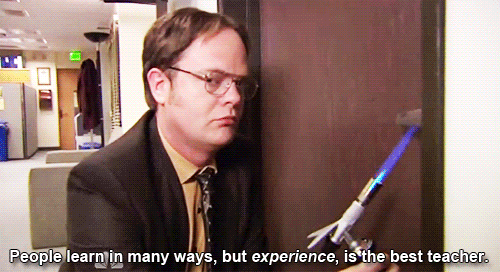It’s 1 am and I’m trying to piece together all of the theories that we’ve learned so far, so this blog might not make much sense. I feel like this class has been a bunch of puzzle pieces, but I don’t know what the big picture is, so it’s hard to fit them together. Still, somehow the colors and shapes on each individual piece (theory) are starting to line up.
One important connection that I’ve made is the one between activity systems and situated learning. I believe it would be correct to say that learning is situated inside of activity systems. By that, I mean learning most naturally occurs in environments that are rich in meaning, stimuli, context, and relevant activities. Basically, learning occurs in the opposite of a classroom.
This brings me to an interesting, though unrelated thought. Ever notice how extremely whitewashed, sterile, and un-stimulating a traditional classroom is? Imagine anything in Tehema. They’re constructed that way on purpose. The goal is to keep students focused on the professor and the professor alone. But how often in real life does one learn in a context void of stimuli and activity systems?
There is a certain irony in the construct of American classrooms. Our education system insists on the importance of general ed, largely because our culture believes in having “well-rounded” individuals who can make connections between multiple disciplines. Yet, the classroom is perfectly designed to reduce any connections, contexts, or meanings outside of what the professor brings to the space. Many professors even dislike the use of technology in the classroom, further limiting the connections students can make with what is being taught and the larger world.
In contrast, the real world is full of interrelated parts that converge in a single space. Imagine an ordinary office. There will be accountants, secretaries, analysts, managers, editors, graphic designers, janitors, etc. all in one place. All of those skills, literacies, and writing purposes converge and individuals are allowed, or rather, expected to connect multiple areas of their lives and understandings in order to complete their tasks. For example, a graphic designer must have not only artistic skills, but also knowledge of marketing, grammar, pop culture, and perhaps another discipline such as science, history, or math, depending on his project. If the real world is like this, how is it helpful for a classroom to limit a student’s access so dramatically?
I guess what I’m trying to say is that life does not occur in a vacuum. There are always extraneous influences that impact individuals. So why do we design our classrooms and our theory of learning as if education was an isolated incident that could only occur in a space as sterile and whitewashed as a hospital? It’s as if our education system sees the learning process as a surgery that must be done in a place where no outside contaminates can infect the learning of each solitary lesson.
You may be surprised to find that Russell’s theory of activity systems does actually tie into my digression. Russell shows that writing is not a hammer that can be pulled out of a bag and pounded onto every single nail that one comes across. Writing is more like a screwdriver; every screw requires a different shape or size screwdriver, just as every discipline and task requires a different style of writing. There is no one-size-fits-all approach to writing which is why intro composition courses in college are silly. Instead, writing must occur within an activity system–within a meaningful context–just as I believe learning should occur within a meaningful activity system rather than the void that is American classrooms.




